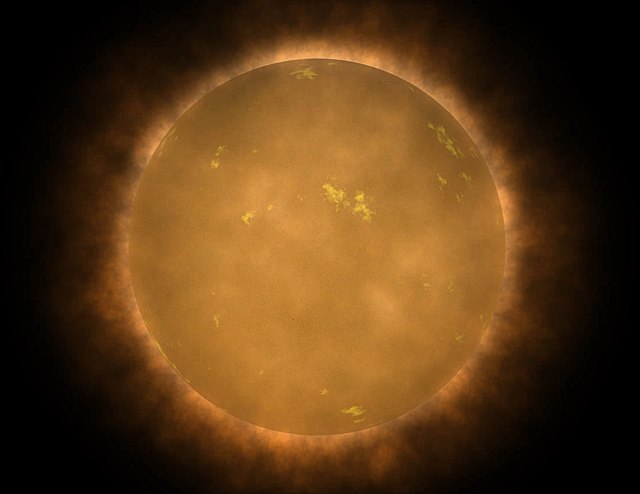Piet van de Kamp, known as Peter van de Kamp in the United States, was a Dutch astronomer who lived in the United States most of his life. He was professor of astronomy at Swarthmore College and director of the college's Sproul Observatory from 1937 until 1972. He specialized in astrometry, studying parallax and proper motions of stars. He came to public attention in the 1960s when he announced that Barnard's star had a planetary system based on observed "wobbles" in its motion, but this is now known to be false.
On November 14, 2018, the Red Dots project announced that Barnard's star hosts an exoplanet at least 3.2 times as massive as Earth, though this does not match either of the planets he had claimed. In 2021, even this planet's existence was questioned.
Peter van de Kamp circa 1973
Barnard's Star is a small red dwarf star in the constellation of Ophiuchus. At a distance of 5.96 light-years (1.83 pc) from Earth, it is the fourth-nearest-known individual star to the Sun after the three components of the Alpha Centauri system, and is the closest star in the northern celestial hemisphere. Its stellar mass is about 16% of the Sun's, and it has 19% of the Sun's diameter. Despite its proximity, the star has a dim apparent visual magnitude of +9.5 and is invisible to the unaided eye; it is much brighter in the infrared than in visible light.
Artist's conception of a planet in orbit around a red dwarf
Artist's impression of the surface of a super-Earth orbiting Barnard's Star
Artist's conception of a red dwarf




